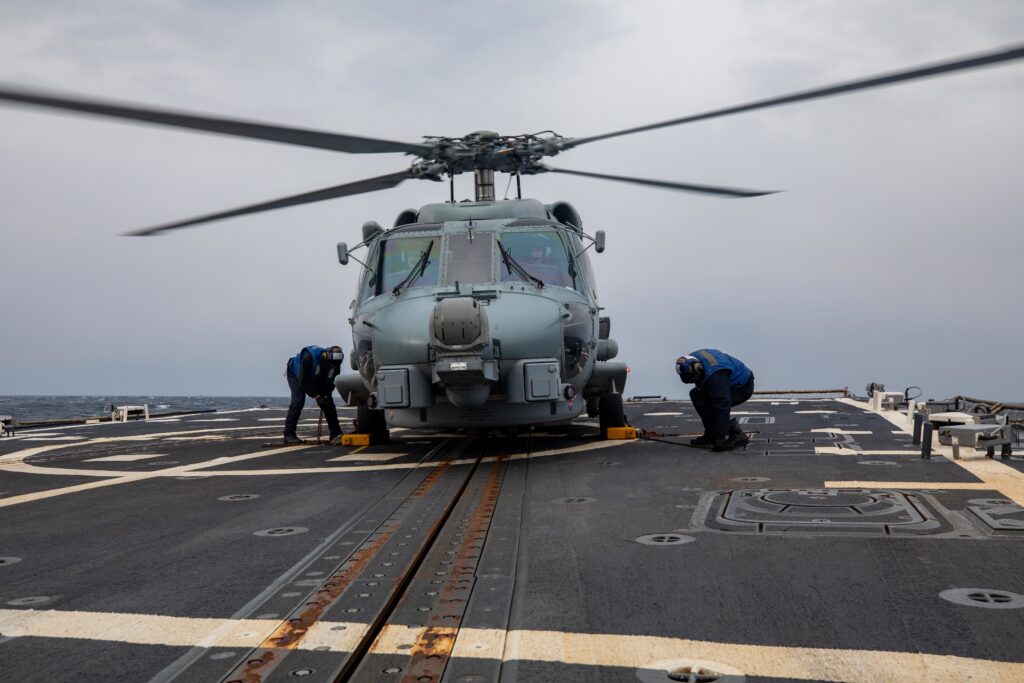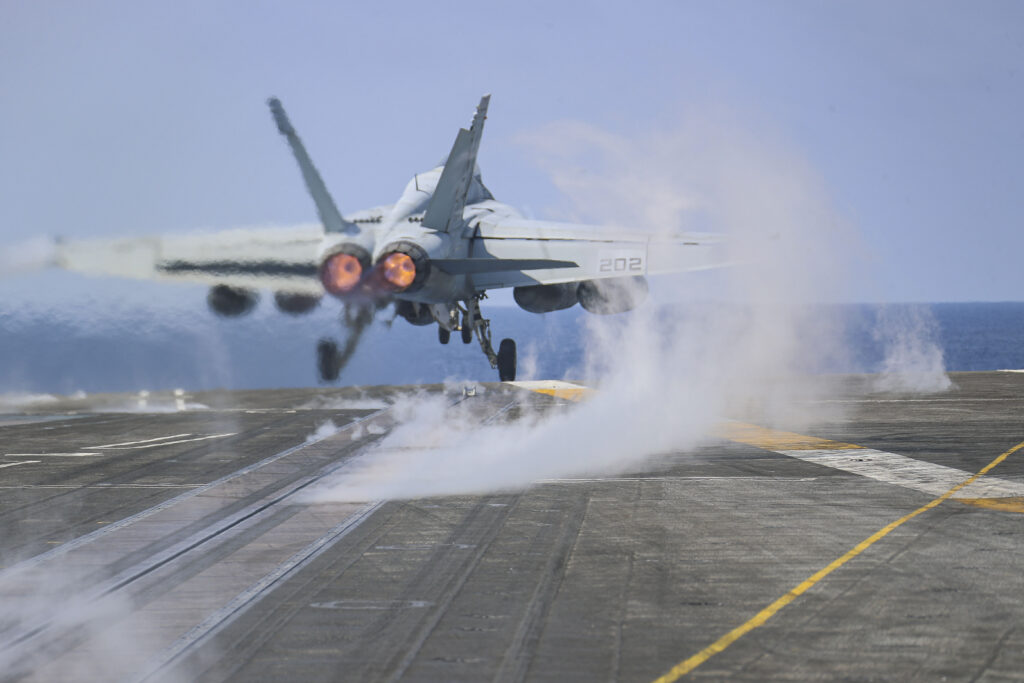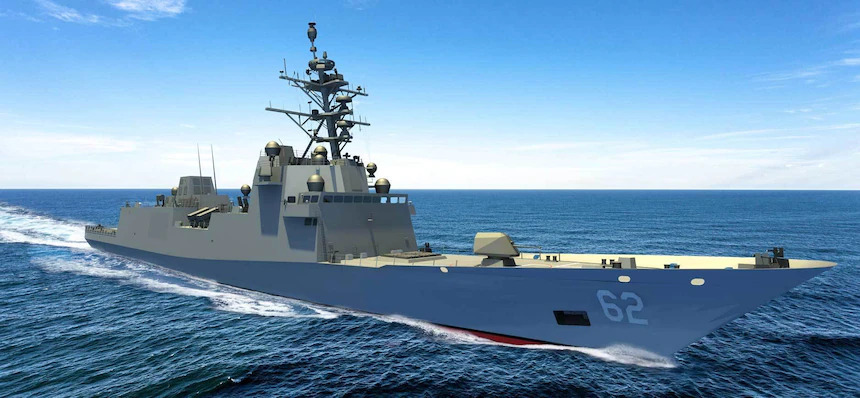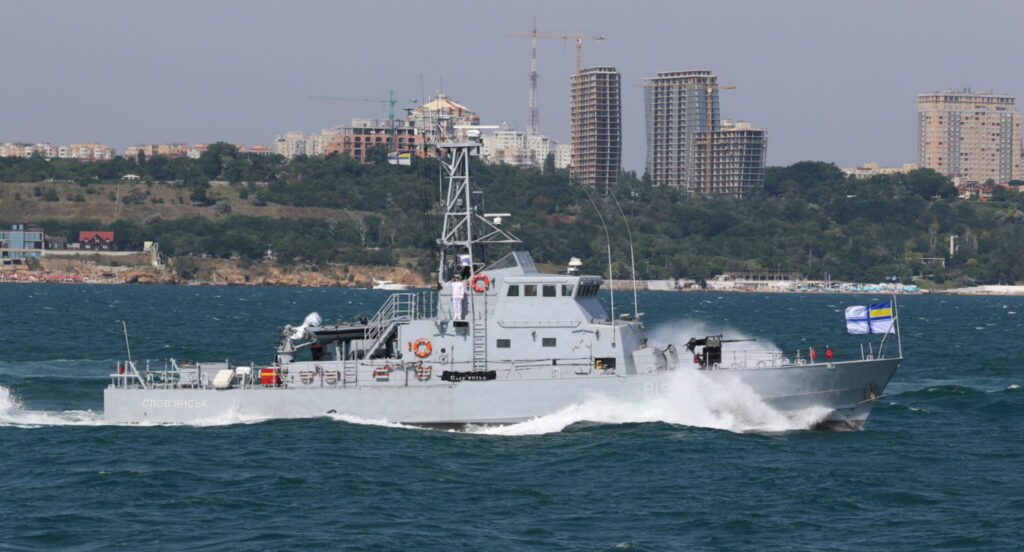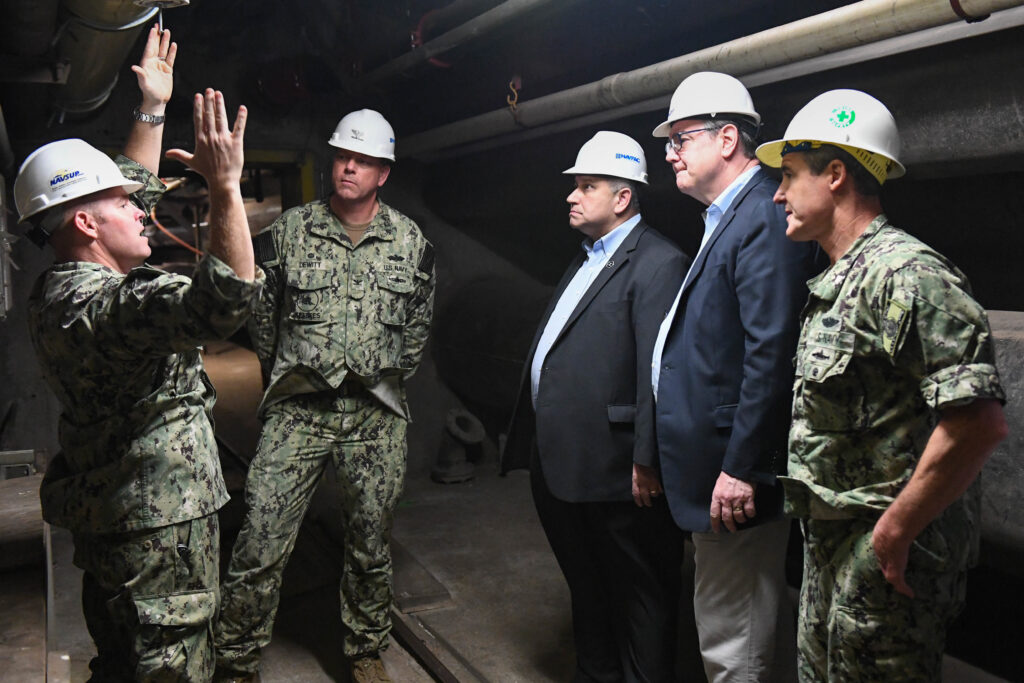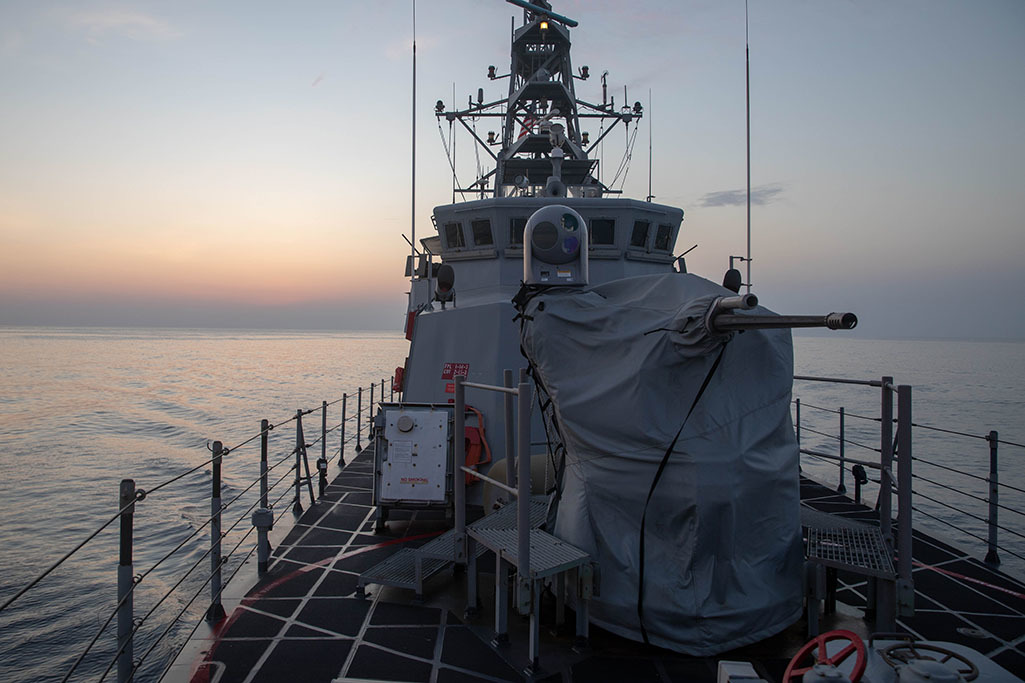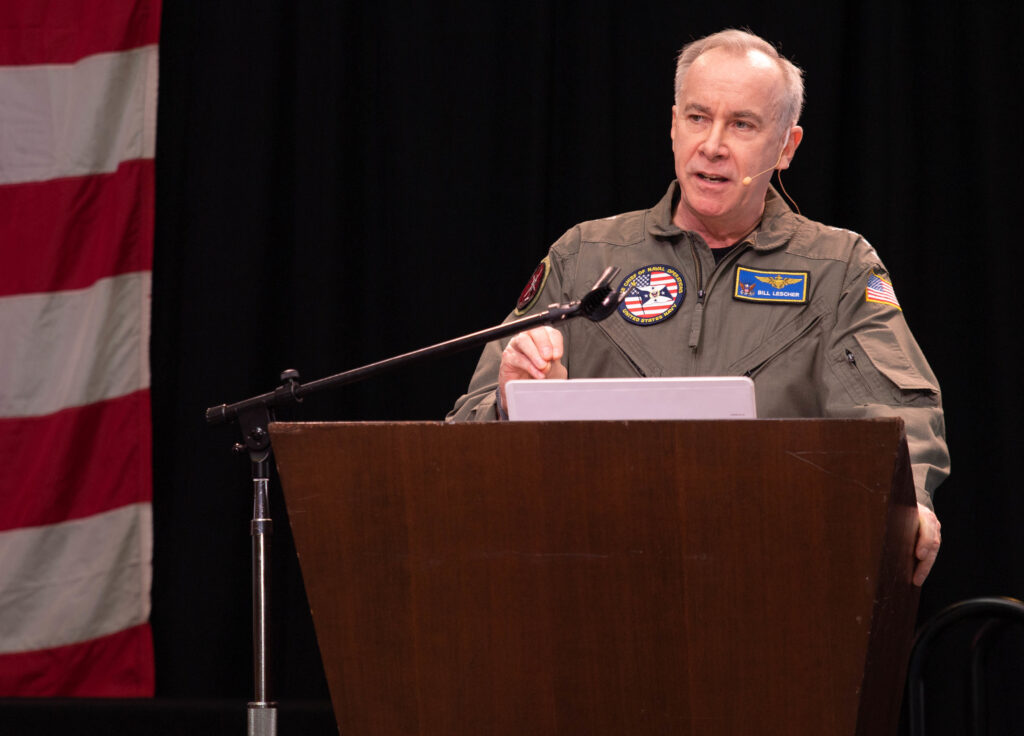Berger: Ukraine War Demonstrates Vulnerability of Tanks to Missile-Armed Infantry
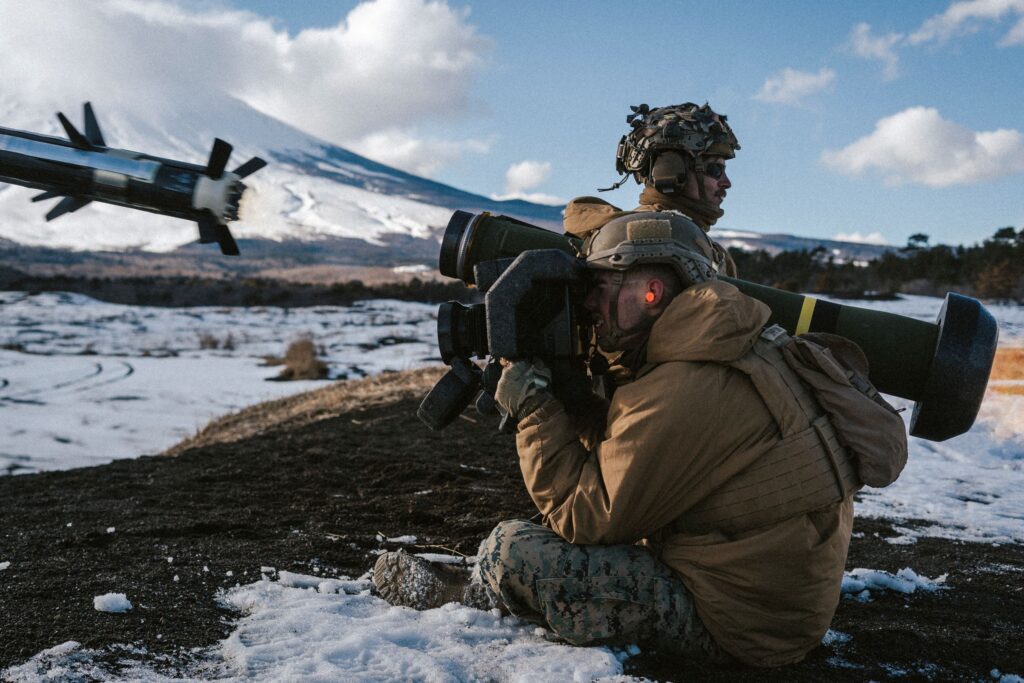
WASHINGTON — The success of Ukrainian forces in countering Russian armored vehicle columns with missiles and rockets in the ongoing Russian invasion of Ukraine shows the vulnerability of tanks to missile-armed infantry, the Marine Corps commandant said, and seemed to reinforce his decision to shed tanks from the Corps as part of his Force Design 2030 concept.
During a live-streamed conversation with Washington Post columnist David Ignatius, Gen. David Berger said the Russian forces seemed to be ineffective in using a combined arms approach in that they were not using “maneuver to bolster your fires or using fires to set up your forces for maneuver. In both cases, one without the other … is very ineffective.”
Berger also said Ukrainian forces seemed to be effective at causing confusion among Russian forces by stripping away Russian reconnaissance — which he said parenthetically that U.S. Marines “were very, very good at.”
The commandant also noted Russian forces seemed to have planned for a very short war and lost momentum with poor logistics planning. He said the Ukrainian forces seemed to be able to strike at the Russian “logistics backside.”
Berger noted that amphibious operations are very complex and the Russian forces seemed to unnecessarily delay their limited amphibious operations. He said amphibious operations remain very much the core mission of the Corps.
“Amphibious landings, amphibious assault, forcible entry — things which Marines are known for for 70 years — we’ll continue to do but in a very different way,” Berger said. “Why? Because the character of war is changing. We need to change with it.
“Instead of tank-on-tank formations, I would say if you look at Armenia and Azerbaijan, Lebanon, or even right now in Ukraine, it’s pretty clear the top-down missile attacks on the top side of heavy armor makes [tanks] pretty vulnerable,” he said.
The Javelin missiles supplied by the United States to Ukraine have a vertical attack mode.
“Tanks did tremendous work for us for many years in many different scenarios,” Berger said. “Going forward, they are heavier, too difficult to logistically support, and in some cases too vulnerable to attack from a proliferation of very inexpensive missiles.
“So, in some cases, we’ve let go of things that were very successful in the past in order to move towards things that we are going to need in the future,” he said. “The aviation/ground/logistics team — that’s the strength of the Marine Corps having it all organic — we are an enabler for the joint force. We’re the first ones on the scene to figure it out. We need the mobility to do that, which means we need amphibious ships, which [are] critical for the nation to have.
“You need to have the ability — I would say especially today in Ukraine — to have a crisis response force from the sea,” he said. “That means we need to have the number of amphibious ships necessary to global in the pacific or the Mediterranean. For the U.S., that’s 31 amphibious ships we have to have in order to do what the nation needs us to do.”
